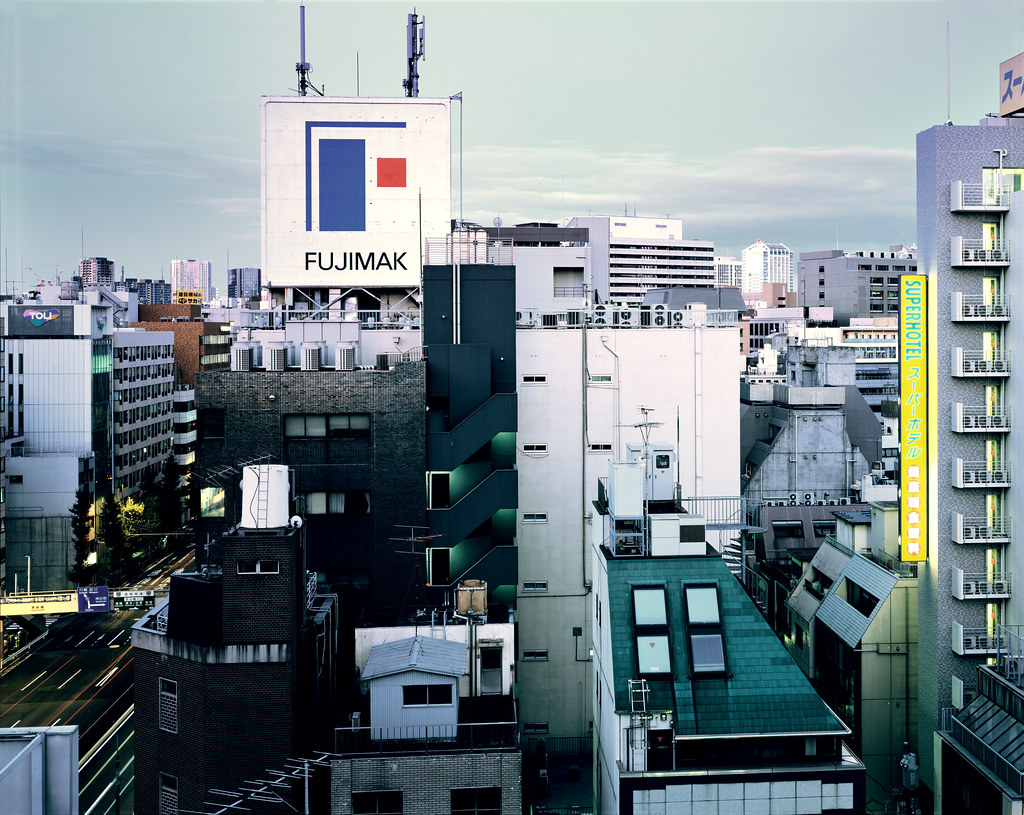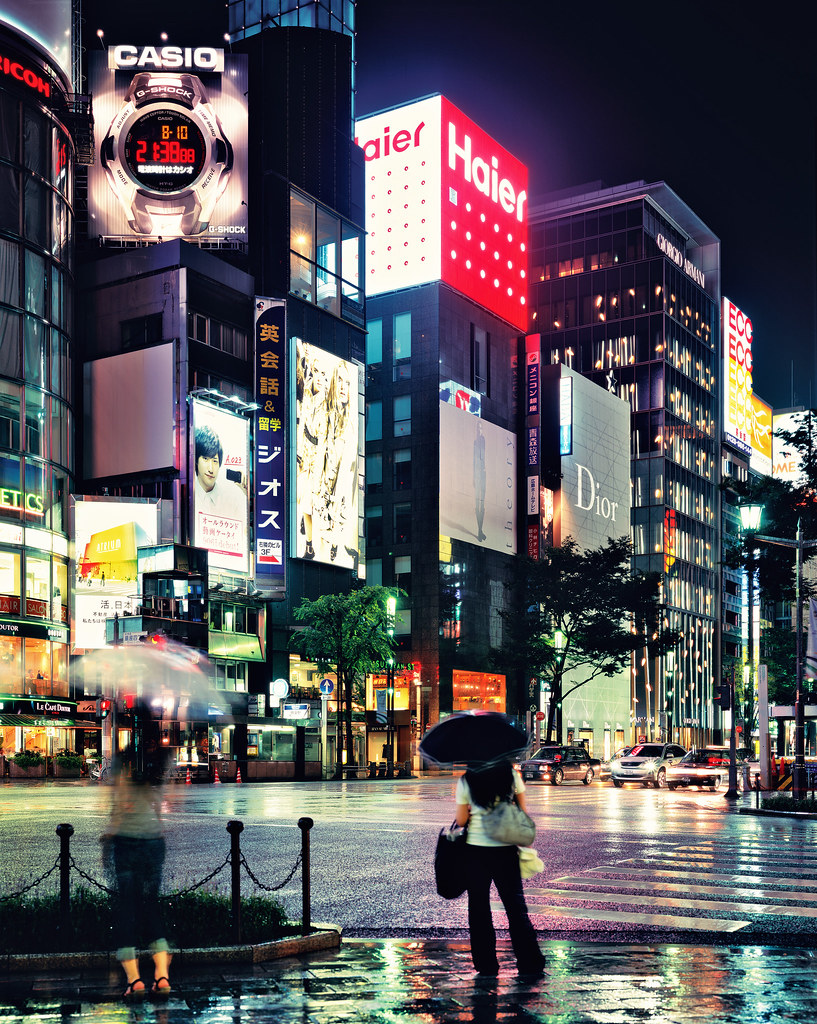.
![]()
Childhood's Soul. I grew up in a beautiful small town. There were rivers, mountains and waterfalls all around and I am the happiest when I am there. I moved to the city when I was a teen and now I'm in my twenties and am planning a move back to Bellingen. I hate the city and all I think of is getting out of this repetitive and clinical life I've been leading -- where work and the daily grind control my life. . . So this was my inspiration for the photograph: photo by Sian Grahl, 28 April 2013
Certainly the city is relevant, and specifically the city as a metropolis. It is a very striking feature of many Modernist and avant-garde movements that they were not only located in the great metropolitan centres but that so many of their members were immigrants into those centres, where in some new ways all were strangers. Language, in such situations, could appear as a new kind of fact: either simply as 'medium', aesthetic or instrumental, since its naturalized continuity with a persistent social settlement was unavailable; or, of course, as system: the distanced, even the alien fact. Moreover, these cities had become the capitals of imperialism. The old hegemony of capital over its provinces was extended over a new range of disparate, often wholly alien and exotic, cultures and languages. The evolutionary and family versions of language which were the basis of language studies in the period of nation-states and confederacies were then replaced by studies of universal systems within which specificities were either, as in much literary practice, exotica, or were the local, momentary and superficial features of more fundamental structures.
There was then both gain and loss... an old language had been marginalized or suppressed, or else simply left behind, and the now dominant language either interacted with its subordinate for new language effects or was seen as, in new ways, both plastic and arbitrary: an alien but accessible system which had both power and potential but was not, as in most earlier formations, however experimental, the language or the possible language of a people but now the material of groups, agencies, fractions, specific works, its actual society and complex of writers and game-players, translators and signwriters, interpreters and makers of paradoxes, cross-cultural innovators and jokers.
...The cultural forms of the 'old, settled' language (always, in practice, never settled, however old) were indeed, at one level, the imposed forms of a dominant class and its discourse. But this was never the only level. Uses of a language of connection and of forms of intended communication remained an emphasis and an intention of other social groups, in both class and gender, whose specific existence had been blurred or contained within the imposed, 'national' forms. Similarly the cultural forms of the 'new, dynamic' language were never only experimental or liberating. Within the real historical dynamics they could be, and were, notably and deliberately manipulative and exploiting. The widespread dilution and adoption of avant-garde visual and linguistic modes by advertising and publicity agencies is only the most evident example; overtly commercial paranational art includes many more interesting, if less obvious, cases. There is then a practical linkage of the asymmetries of political and economic domination and subordination. This cannot be rendered back to isolated formal or technical levels.
Raymond Williams: from Language and the Avant-Garde, in N. Fabb, D. Attridge, A. Durant and C. McCabe (eds.): The Linguistics of Writing: Arguments Between Language and Literature, 1988
![http://upload.wikimedia.org/wikipedia/commons/e/e2/Shibuya_night.jpg]()
Shibuya shopping district, Tokyo, night: photo by Bantosh, 2006
![]()
View from Tokyo Shiodome Rooftop: photo by Thomas Birke, 2009
![]()
Hong Kong #11: photo by Thomas Birke, 2009
![]()
Hong Kong #09: photo by Thomas Birke, 2009
![]()
Plaster cast showing the nest architecture of the Florida harvester ant, Pogonomyrmex badius, an advanced structure emergent from ant behavior: photo by Shaners Becker, 2 June 2006
![]()
Flock of Red-billed Quelea (Quelea quelea) swarming around a waterhole, Namibia: photo by Alastair Rae, 6 December 2006![]()
ESCAPE and SWEF: photo by NW Graffiti, 17 April 2013
![]()
Escape! Unmistakable emergency exit in Stockholm's underground station "Universitetet": photo by <Benoît> (Benoit Derrier), 22 June 2008
![]()
Red-character Emergency Exit sign in English and French, Canadian War Museum, Ottawa: photo by Ian Muttoo, 1 September 2008
![]()
Tokyo Ginza in night rain: photo by Thomas Birke, 2008

Childhood's Soul. I grew up in a beautiful small town. There were rivers, mountains and waterfalls all around and I am the happiest when I am there. I moved to the city when I was a teen and now I'm in my twenties and am planning a move back to Bellingen. I hate the city and all I think of is getting out of this repetitive and clinical life I've been leading -- where work and the daily grind control my life. . . So this was my inspiration for the photograph: photo by Sian Grahl, 28 April 2013
Certainly the city is relevant, and specifically the city as a metropolis. It is a very striking feature of many Modernist and avant-garde movements that they were not only located in the great metropolitan centres but that so many of their members were immigrants into those centres, where in some new ways all were strangers. Language, in such situations, could appear as a new kind of fact: either simply as 'medium', aesthetic or instrumental, since its naturalized continuity with a persistent social settlement was unavailable; or, of course, as system: the distanced, even the alien fact. Moreover, these cities had become the capitals of imperialism. The old hegemony of capital over its provinces was extended over a new range of disparate, often wholly alien and exotic, cultures and languages. The evolutionary and family versions of language which were the basis of language studies in the period of nation-states and confederacies were then replaced by studies of universal systems within which specificities were either, as in much literary practice, exotica, or were the local, momentary and superficial features of more fundamental structures.
There was then both gain and loss... an old language had been marginalized or suppressed, or else simply left behind, and the now dominant language either interacted with its subordinate for new language effects or was seen as, in new ways, both plastic and arbitrary: an alien but accessible system which had both power and potential but was not, as in most earlier formations, however experimental, the language or the possible language of a people but now the material of groups, agencies, fractions, specific works, its actual society and complex of writers and game-players, translators and signwriters, interpreters and makers of paradoxes, cross-cultural innovators and jokers.
...The cultural forms of the 'old, settled' language (always, in practice, never settled, however old) were indeed, at one level, the imposed forms of a dominant class and its discourse. But this was never the only level. Uses of a language of connection and of forms of intended communication remained an emphasis and an intention of other social groups, in both class and gender, whose specific existence had been blurred or contained within the imposed, 'national' forms. Similarly the cultural forms of the 'new, dynamic' language were never only experimental or liberating. Within the real historical dynamics they could be, and were, notably and deliberately manipulative and exploiting. The widespread dilution and adoption of avant-garde visual and linguistic modes by advertising and publicity agencies is only the most evident example; overtly commercial paranational art includes many more interesting, if less obvious, cases. There is then a practical linkage of the asymmetries of political and economic domination and subordination. This cannot be rendered back to isolated formal or technical levels.
Raymond Williams: from Language and the Avant-Garde, in N. Fabb, D. Attridge, A. Durant and C. McCabe (eds.): The Linguistics of Writing: Arguments Between Language and Literature, 1988

Shibuya shopping district, Tokyo, night: photo by Bantosh, 2006

View from Tokyo Shiodome Rooftop: photo by Thomas Birke, 2009

Hong Kong #11: photo by Thomas Birke, 2009

Hong Kong #09: photo by Thomas Birke, 2009

Plaster cast showing the nest architecture of the Florida harvester ant, Pogonomyrmex badius, an advanced structure emergent from ant behavior: photo by Shaners Becker, 2 June 2006

Flock of Red-billed Quelea (Quelea quelea) swarming around a waterhole, Namibia: photo by Alastair Rae, 6 December 2006

ESCAPE and SWEF: photo by NW Graffiti, 17 April 2013
Signs crowd the roadway, Las Vegas: photo by Charles O'Rear, May 1972 for the Environmental Protection Agency's Documerica project (US National Archives)

Escape! Unmistakable emergency exit in Stockholm's underground station "Universitetet": photo by <Benoît> (Benoit Derrier), 22 June 2008

Red-character Emergency Exit sign in English and French, Canadian War Museum, Ottawa: photo by Ian Muttoo, 1 September 2008

Tokyo Ginza in night rain: photo by Thomas Birke, 2008

